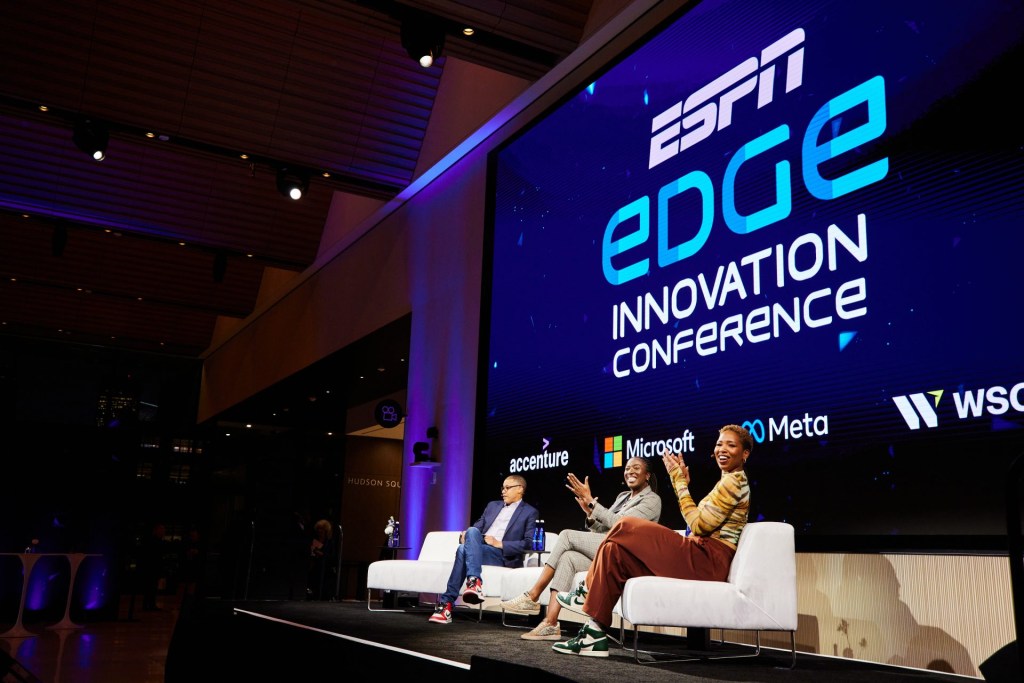
Leave it to the self-described “little guy” to be at the forefront of innovation.
This year, the athletic department at Samford University — a small, private co-ed institution based in Homewood, Alabama — is revolutionizing the organization and workflow for fellow Division-I collegiate sports information teams.
“We’re going to a one-SID (sports information director) model that you won’t find anywhere else, all with an emphasis on content and enabling our students and athletes to contribute to growing the brand,” said Kevin Young, associate athletics director for marketing and strategic communications.
[mc4wp_form id=”8260″]
Young is bullish on the change in strategy for the school, which holds a total enrollment of 5,471 and fields 17 NCAA Division I (FCS) varsity teams in the Southern Conference. This year, Samford’s main objective is to give fans, the teams, and athletes as much high-quality content as possible both for sharing and enjoying. Beyond that, the athletic department is making a concerted effort to build out a strong Bulldog brand standard by bringing more uniformity to the public relations, social media, marketing, and engagement efforts of all the school’s various teams.
SEE MORE: UC Davis Athletics to Reap Benefits of Co-Branded Beer
In doing away with the standard practice of typical Division I schools having each individual team responsible for its own communication and fan outreach, the one-SID model is “really about streamlining the process and workflow.”
“Traditionally, there will be a few people per sport per season. We’re breaking it up differently, playing to our communication and marketing team’s real strengths,” Young explained.
Instead of breaking it out by sport, Samford’s athletic department will be organizing its staff based on each individual’s unique abilities and strengths.
“Instead of having one person trying to do all the social media, writing, and designing for the softball team, and a different person doing the same for football, we are focusing on ‘OK, who’s a good writer? Who’s the good social media person? Designer? They’ll be in charge of their speciality for all Bulldog teams across the board,” Young said.
SEE MORE: Why Georgia Wants to Know If Its Fans are Happy
Structuring the department in this new way should enable Samford Athletics’ communications and marketing to tap into and leverage their staff members’ skill-sets, which is likely to improve efficiency and effectiveness overall. Efforts like this are crucial for a smaller institution like Samford, as Young noted that schools like his don’t have nearly the same resources as some of the much larger collegiate programs.
“Being faced with a reduced budget; lowering staff numbers, we looked at the traditional model and saw that everybody would’ve been overwhelmed all year struggling to do things they aren’t necessarily good at,” Young noted. “So this year we’ll be doing it by specialty instead of by sport.”
https://twitter.com/SamfordSoccer/status/1037098030464417792
That this isn’t done more frequently is actually somewhat astounding, and seems to be a much more efficient structure and effective strategy.
The athletic department will also be turning to its student body for support in a big way as well. Samford will also be using different programs to get high-quality Bulldog branded content in the hands of the different sports teams and athletes quickly. From there, the teams and players can share, thus amplifying the coverage.
SEE MORE: How Augmented Reality Is Propelling Iowa’s Sports Coverage
In addition, the creative team is also going to be including students with a particular affinity for sports, marketing, and communications in their efforts. “For many of our students, it’s a passion they have, and they’re all very talented, so now we’ll work to hone and develop that with real on-the-job training,” Young shared.
Including athletes and students themselves on a much higher level like this “should send Samford athletics’ engagement numbers through the roof,” as Young explained that “they — the students and athletes — really are our best brand ambassadors. They have their own followers, and a much stronger connection to the student body than any sport or team.”
Essentially, Young and his crew are capitalizing on the age-old, word-of-mouth strategy, only they’re using new technology to do it.
By making these change and improvements, Young and the Samford athletics department believe they’ll have a much stronger impact on the school’s recruiting. Demonstrating that they have the resources and dedication required to produce high-quality engaging content makes Samford a much more attractive place to play.
[mc4wp_form id=”8260″]
“Recruits will see high-quality content, and see that our student-athletes are effectively becoming their own brands because of our focus here at Samford to help student-athletes building their personal brands. It’s not just about Bulldog athletics, but also the student-athlete,” Young stated.
His prediction is that level of commitment combined with the resources to make it possible should lead to a higher level of recruit, which will lead to winning more games, which in turn leads to a continuously improving stream of better players coming to the university.
Harnessing technology and an innovative organizational strategy, Samford University shows it’s clearly dedicated to playing with the biggest of brands when it comes to marketing, communication, and program branding.

















